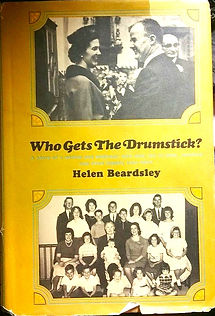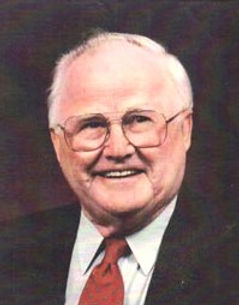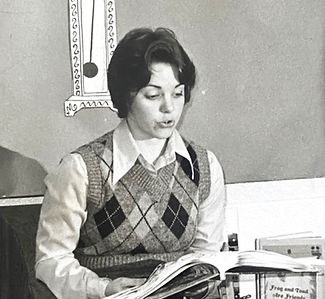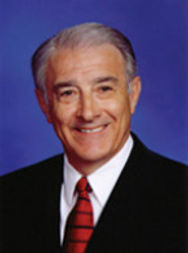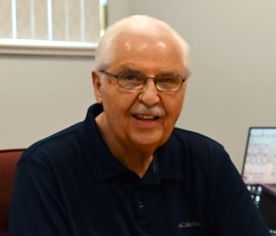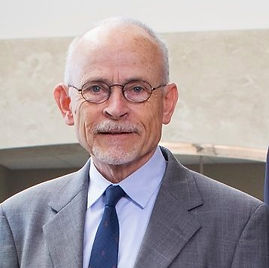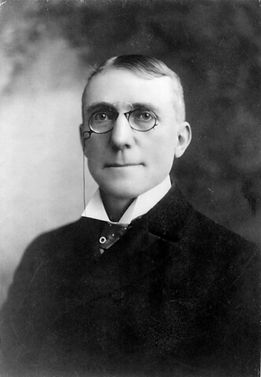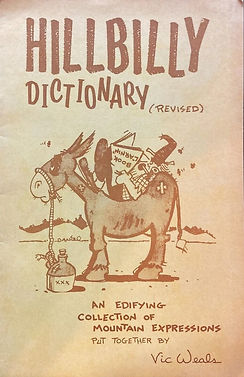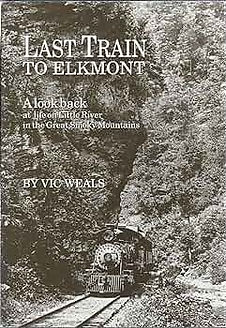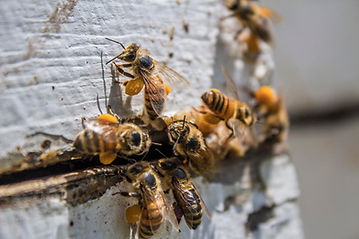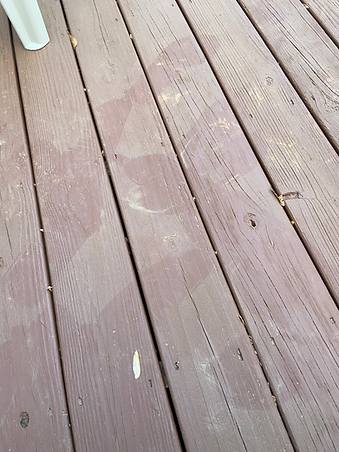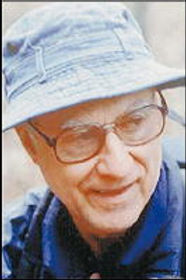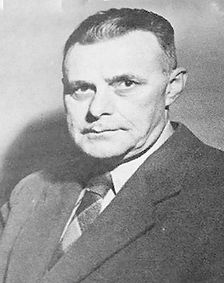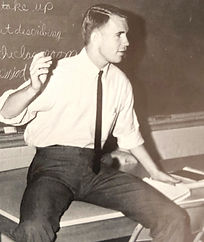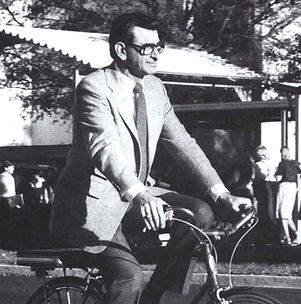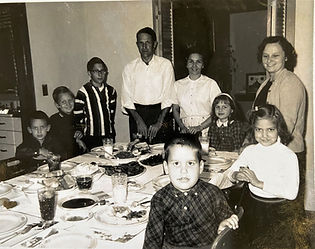This Sunday marks the commemoration of Mother’s Day, so I thought I’d feature in today’s post something about someone who had no mother and a few comments about my own two mothers.
Annie was a sad inmate at a notoriously bad orphanage, and she desperately wanted to be adopted by a good family so she could escape that place. She had been born in August 1924 and was introduced to the world as a ten-year-old girl. She lived throughout the Twenties, Thirties, and Forties, and even into the Seventies. In fact, she never really died but continues to live in various ways even today.
The orphan girl to whom I refer is none other than Little Orphan Annie, she of the curly hair, wearing always the red dress, sporting hollow white circles for eyes, and frequently saying “Leapin’ lizards!” She was usually accompanied by her dog Sandy and alwyas supported faithfully by her benefactor “Daddy” Warbucks, a hard-working, conservative businessman who had made his millions by producing war materiel during World War I.

Little Orphan Annie was the brainchild of cartoonist Harold Gray, who was born on January 20, 1894. He himself became an orphan when both of his parents died before he graduated high school. He got a job as a reporter for the Chicago Tribune, served as a bayonet instructor during World War I, and freelanced as a commercial artist before landing a job as a cartoonist. At first, he only did the lettering for The Gumps, a strip created by Sidney Smith. But he would soon advance to drawing his own strip.

Gray got the idea for his own comic strip from the poem “Little Orphant Annie” by James Whitcomb Riley. In the test strip for the cartoon, Annie prays that a loving family will adopt her so she can escape the orphanage.
The strip debuted in the New York Daily News on August 5, 1924, but it was called at the time Little Orphan Otto. Later that year, an editor at the Tribune changed the name to Little Orphan Annie, and it stuck.
Although the strip inspired a radio show in 1932 and films in 1932 and 1938, it didn’t really thrive, however, until the end of World War II and into the Cold War. Time magazine named the strip one of the top five comics in 1950, but the writers warned that readers were becoming increasingly less patient about following an extended plot line such as that employed in Little Orphan Annie.
It was during the Cold War that Gray’s strip weathered its most severe criticism. Ironically, he simultaneously was “accused of being both a right-wing warmonger and a Communist sympathizer.” Editors disliked his depiction of “violence, drug use, and anti-labor sentiment,” and it “set off a firestorm of protest, and thirty newspapers canceled the strip.” [Brian Walker, The Comics: The Complete Collection (New York: Harry N. Abrams, Inc., 2008).]
Gray shot back, “I shall continue to pound on the idea that the old time way was the best for us–individual freedom, honest hard work, and a chance for any man with the proper drive and decency to gain and hold wealth and power.” [Ibid.] He had always dealt in the strip with political corruption, criminal gangs, and villains of all sorts. He was especially critical of the New Deal, Franklin Roosevelt, and labor unions. And, despite the criticisms, he continued to use the strip as “a platform to express his conservative views on politics, economics, and social injustice.” [Ibid.]
After Gray died in 1968, Leonard Starr tried to reintroduce the strip with the simple title Annie in 1979 after the phenomenal success of Annie, the Broadway stage adaptation of the strip. But his effort proved short-lived and unsuccessful.
Just as Annie was orphaned, so was Gray, who spent life after his teens without parents. Therefore, he could empathize with his fictional cartoon strip character.

Thankfully, God allowed me to have the influence of a godly mother into my early adult years. I also enjoyed the privilege of having a good mother-in-law, and the lives of those two female influences on my life overlapped by a little more than a year. Mother was tragically killed by a drunk driver shortly after our first child was born. She never knew the other three daughters. My mother-in-law passed about three years ago, but she was able to witness the births, growing up, and marriages of all four girls.

Both of those women had a profound influence on my life. I still miss them, never more than when I watch my grandchildren (who would have been their great grandchildren) growing up. I wonder how much joy they both would have received from having them around.
If you still have your mother, I hope that you’ll honor her this Mother’s Day. If she is no longer with you, you can still honor her memory by recalling all the good she was to you.




